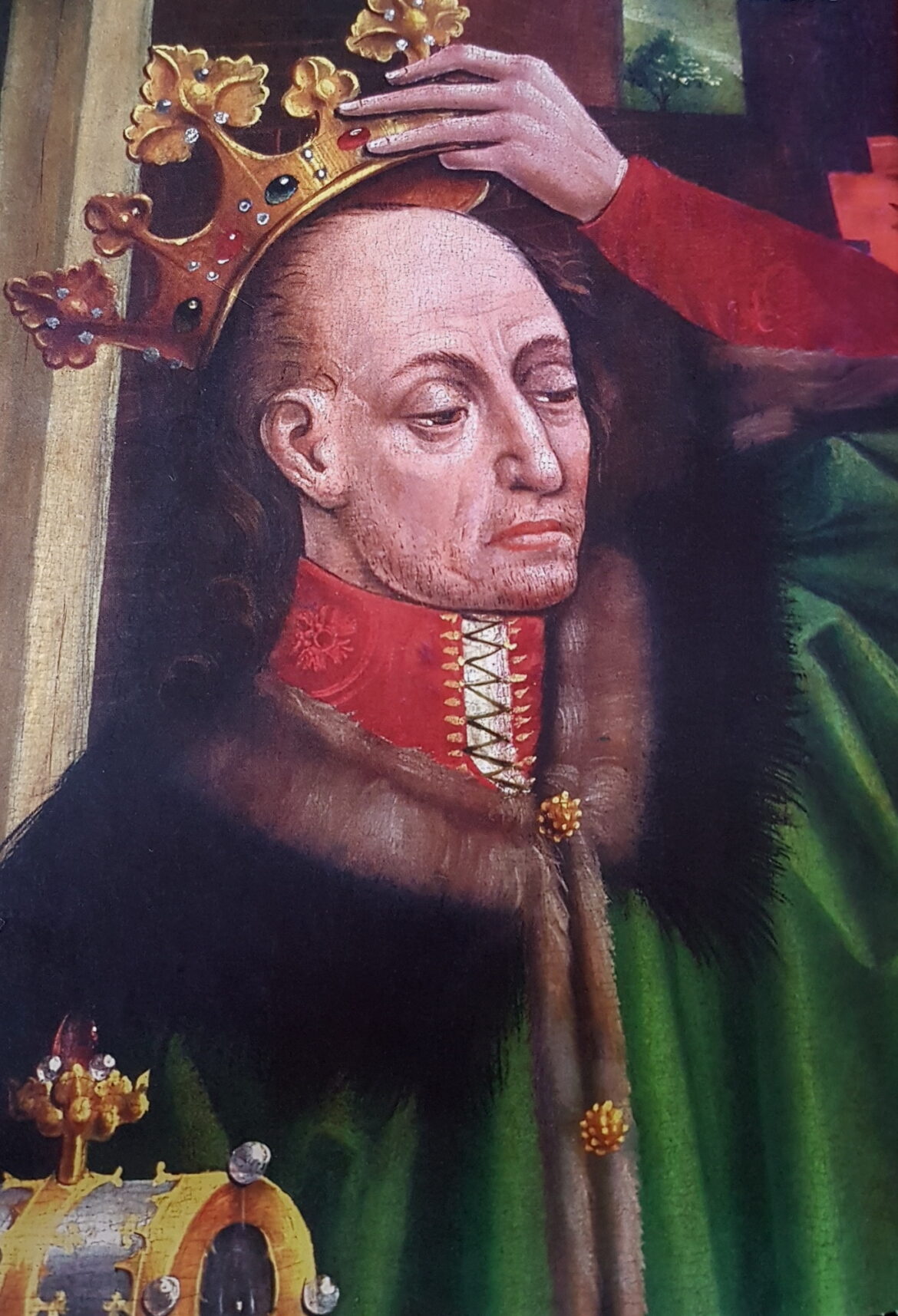Jogaila received the name Władysław only at his second baptism in 1386. Why was he baptised a second time?
The Kingdom of Poland in the Middle Ages bordered the Grand Duchy of Lithuania to the north-east. Although the latter consisted largely of conquered Ruthenian lands, and Christianity practised in the Eastern rite prevailed there, there were still many pagans living in the indigenous Lithuania in the 14th century.
Lithuanian tribes’ raids on the north-eastern Polish territories were very troublesome and did not allow economic development in the region. However, the geopolitical situation in the second half of the 14th century provided an opportunity for Polish-Lithuanian rapprochement.
In 1370, the Polish King Casimir III the Great died without leaving a male descendant. An earlier Polish-Hungarian treaty stipulated that in such a case a Hungarian ruler would ascend to the throne of the Polish Kingdom. Therefore, between 1370 and 1382, Poland was ruled by Louis of Hungary, who was the nephew of Casimir the Great. After him, his minor daughter Jadwiga of Anjou became the first female king of Poland in 1384. Representatives of the Polish nobility decided to match the queen with a spouse. The choice was Jogaila, Grand Duke of Lithuania. In such a union, they saw an opportunity for rapprochement with the Lithuanians and securing the eastern frontiers from their onslaught.
Before it happened, however, Poles and Lithuanians concluded the Union of Krewo on 14 August 1385, which included the re-baptism of Jogaila – this time in the Western rite as it was practised in the entire Kingdom of Poland. Earlier, as a child, Jogaila had received Orthodox baptism. The Union of Krewo was the first act of Polish-Lithuanian rapprochement, which was crowned by the Union of Lublin on 1 July 1569, uniting the two states into one.
Jogaila set off from Lithuania to Poland to fulfil his obligations. He stopped for a while in Lublin, and then proceeded to Kraków. There, on 15 February 1386, he was baptised in the Roman Catholic rite and took the name Władysław. A few days later, he married Jadwiga and ascended the throne in Kraków on 4 March. The new Polish king and Lithuanian ruler began the Christianisation of Lithuania. However, he did not use violence against the followers of the old faith.
His wife, Jadwiga of Anjou, who was called the “apostle of Lithuania”, also played a huge role in the Christianisation of the Grand Duchy of Lithuania. The adoption of baptism by the ruler of the Grand Duchy of Lithuania was the final act of the Christianisation of Europe.





